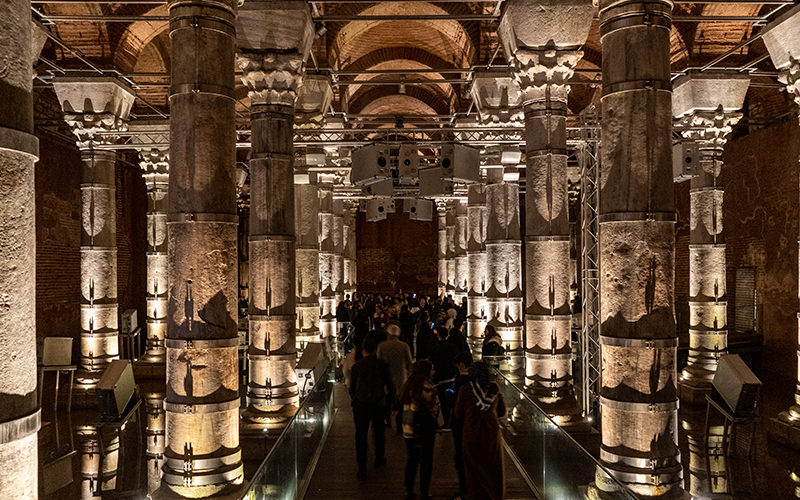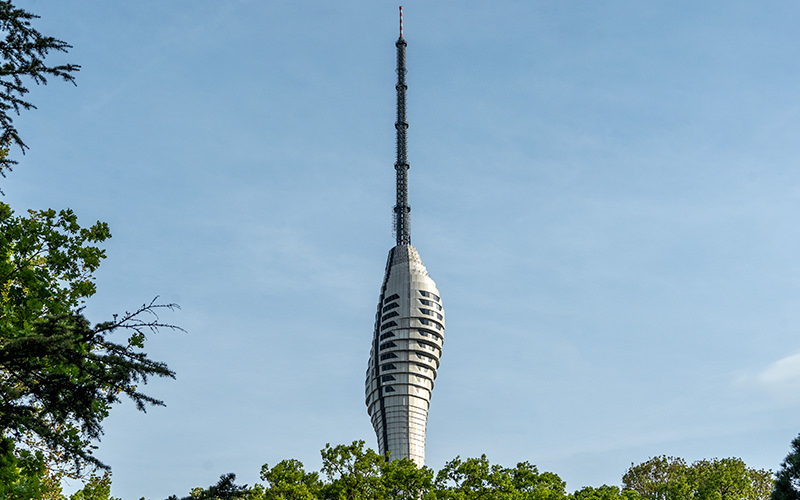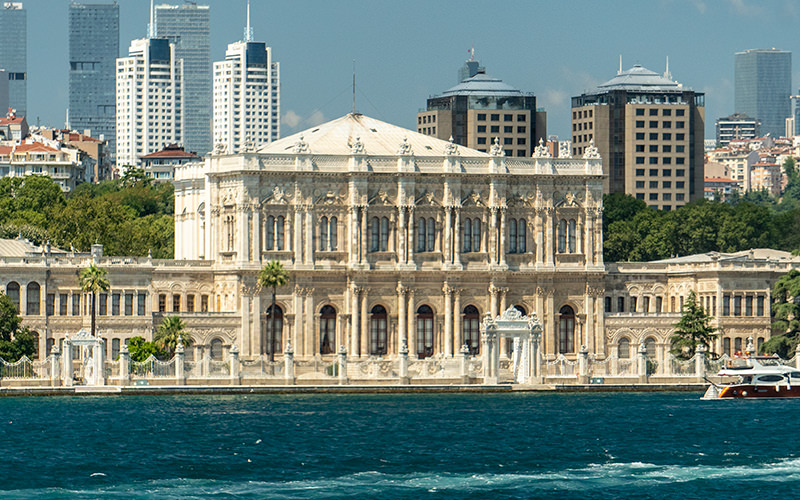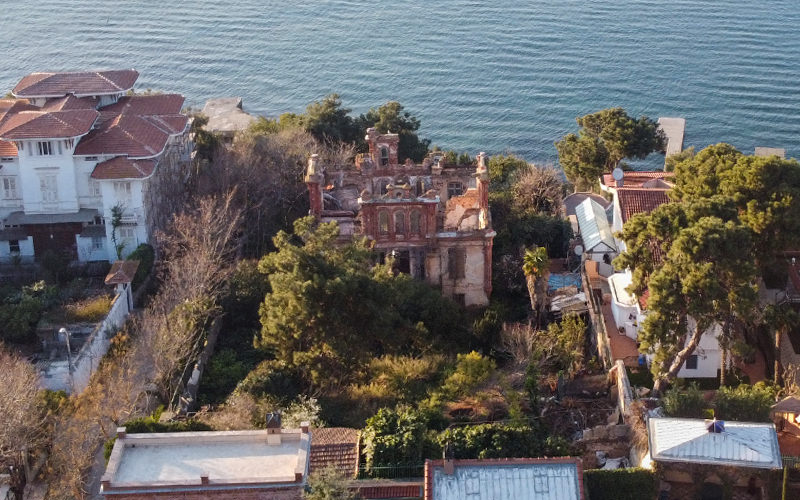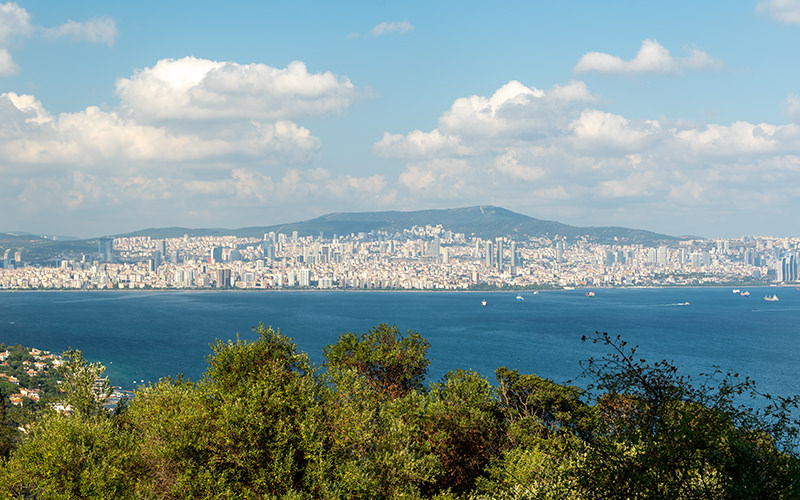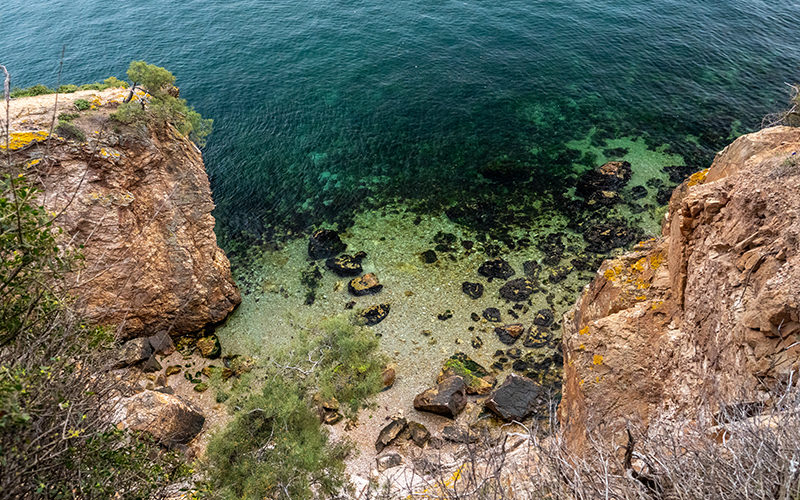Many tourists, when visiting Istanbul, take a trip to the Princes' Islands; this small archipelago is located about an hour's ride from the city's ports. Most travelers prefer to reach the largest island in this group, called Buyukada. The island is famous not only for its extensive walking routes but also for being home to the largest wooden structure in all of Europe.
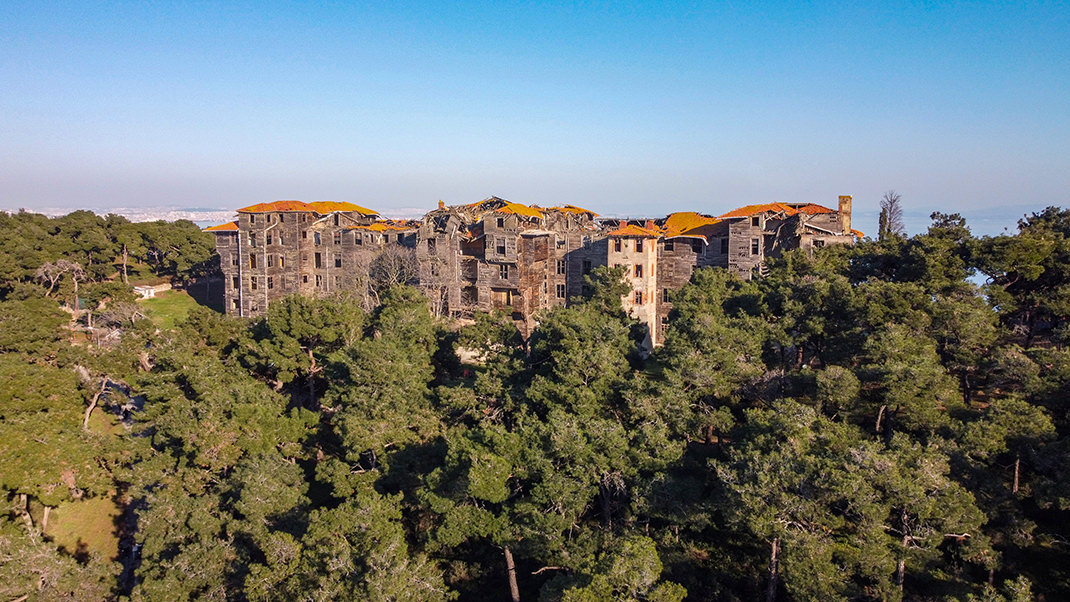
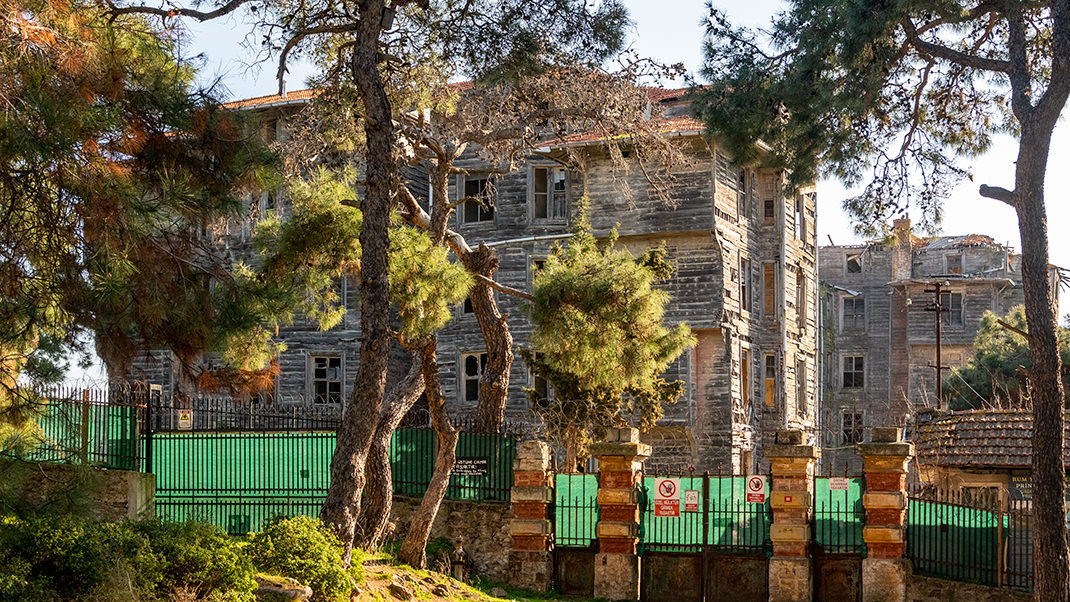
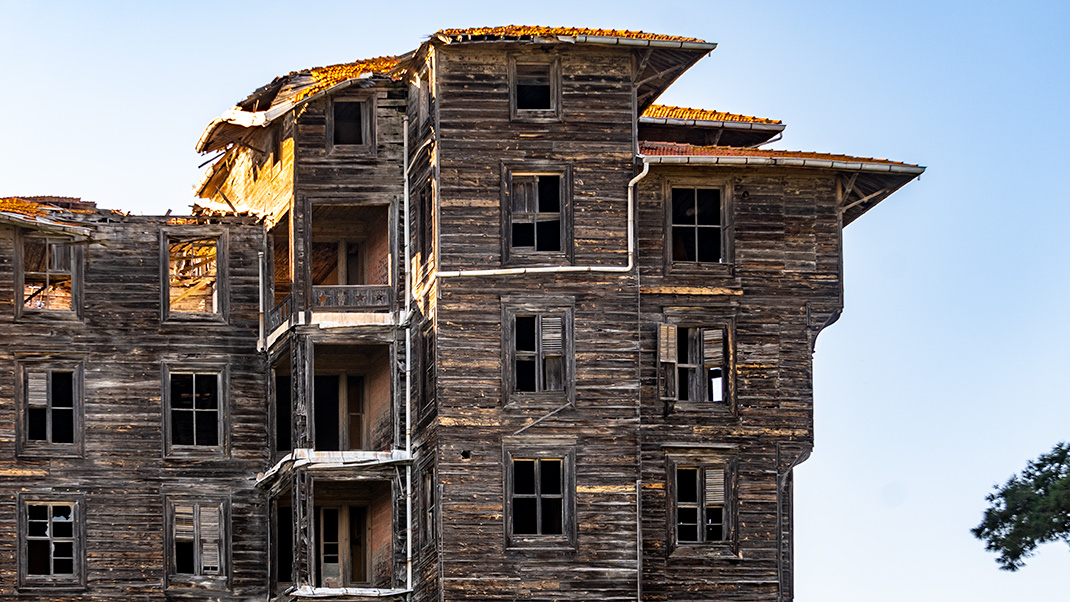
How to get there
Ferries to Buyukada depart from various points in Istanbul. You can reach it, for example, from the Kabataş, Beşiktaş, and Bostanci piers. The ferry schedule is available on the city's transportation company website.
The Prinkipo Greek Orphanage is in the central part of the island. It took me about half an hour to walk there from the pier. When planning your route, keep in mind that the complex is closed to visitors, and tourists can only see the building from behind the fence. It's also worth noting that there is no public transportation on the islands. You can rent a bicycle or take an electric car ride here.
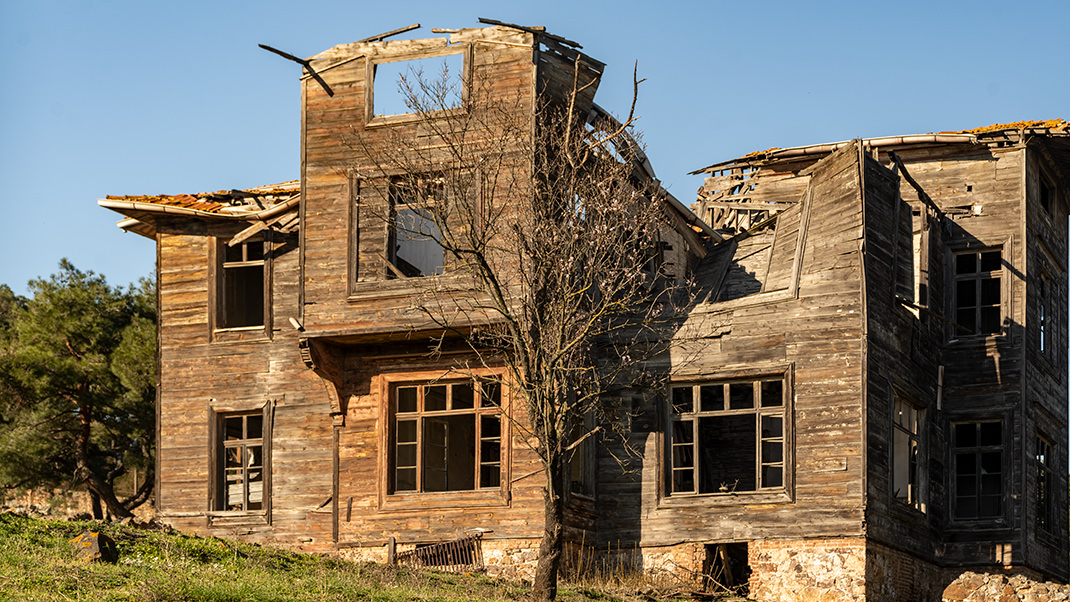

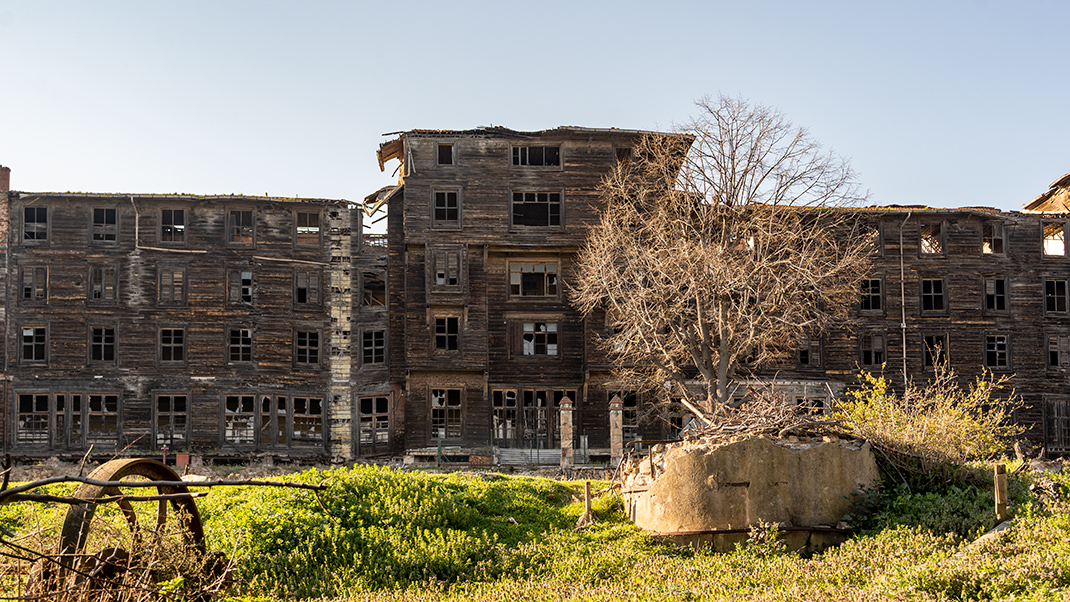
A bit of history
According to the initial plans, the vast complex on the island was not meant to be an orphanage. It was intended to be a hotel with a casino. The building was constructed in 1898, and its project was designed by the architect Alexandre Vallaury. Wikipedia states that he was the creator of several famous structures in Constantinople.
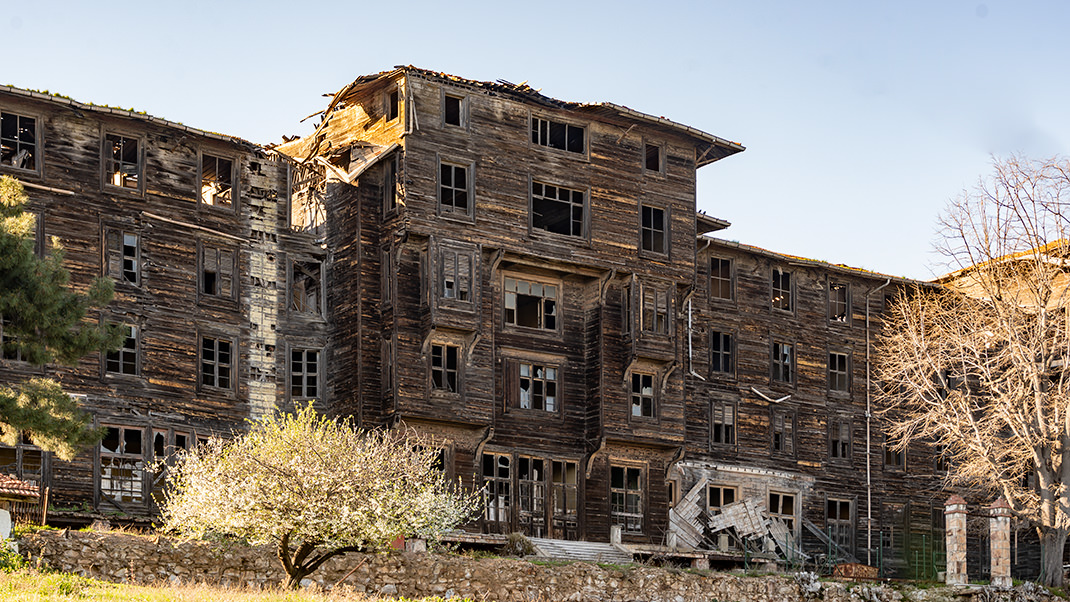
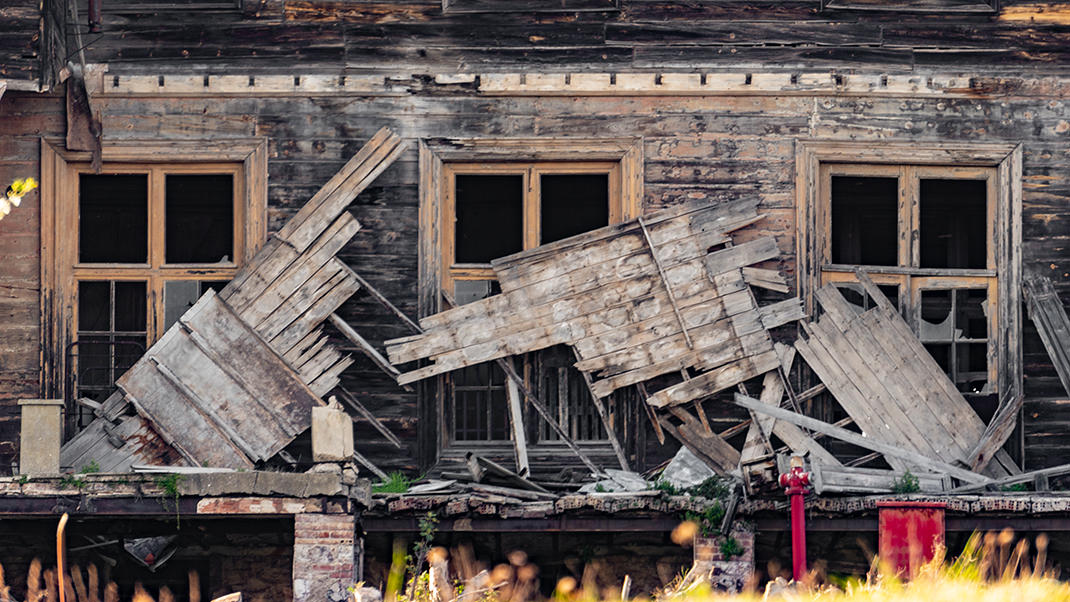
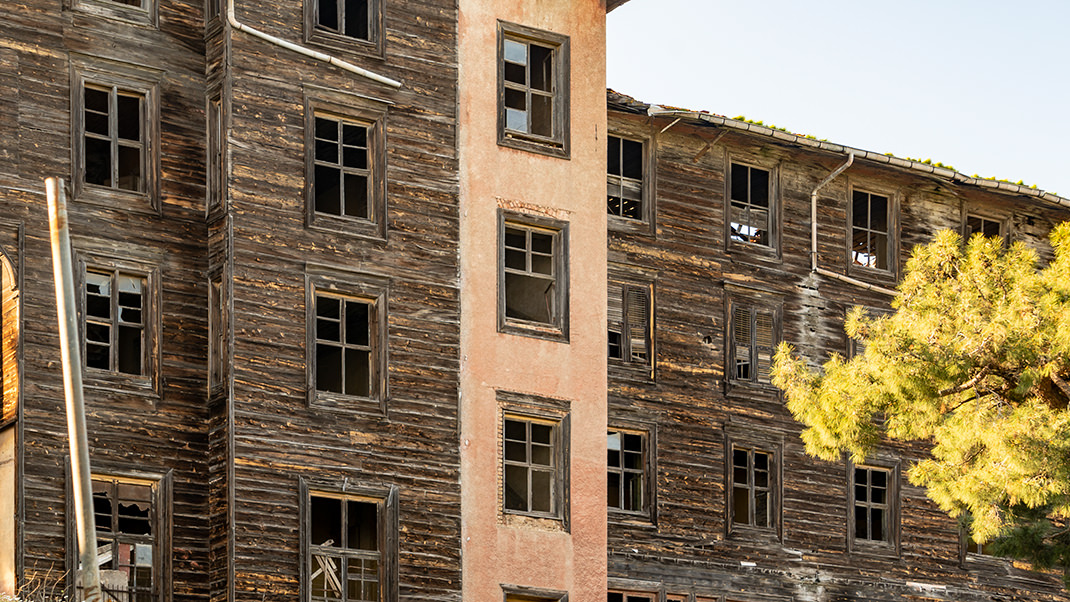
The main building of the complex consists of six floors, with a total area of 23,255 square meters. It is considered the largest wooden building in Europe. However, it ranks second among all similar structures in the world, behind the Todaiji temple in Japan.
The ruling Turkish authority, Sultan Abdul Hamid II, did not allow the new building to be used for its intended purpose. In 1902, the complex was purchased by the spouse of a Greek banker, who handed it over to the Patriarchate with the condition of establishing an orphanage here.
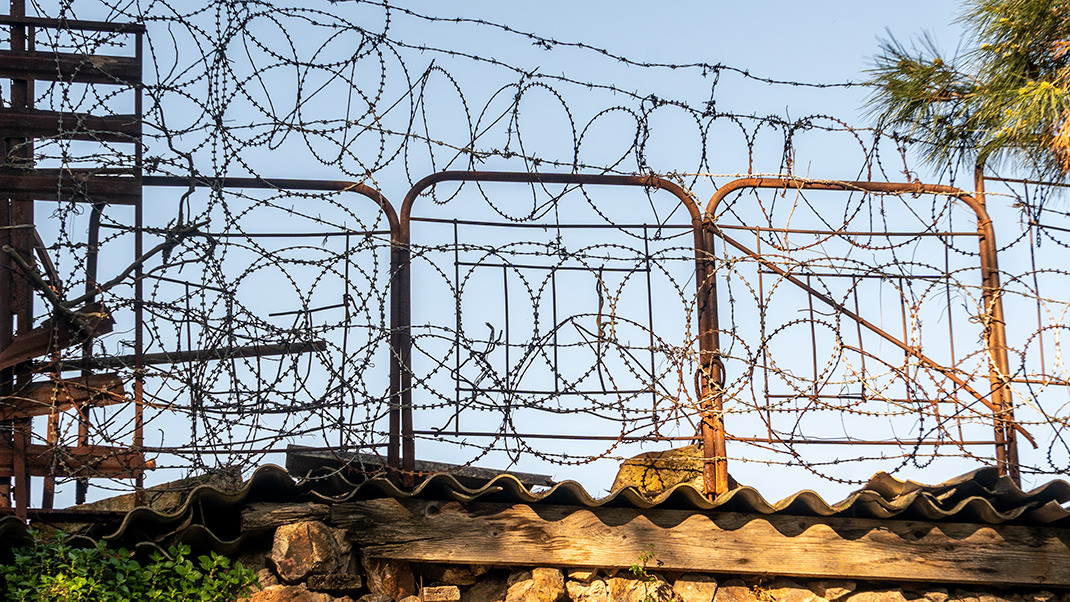

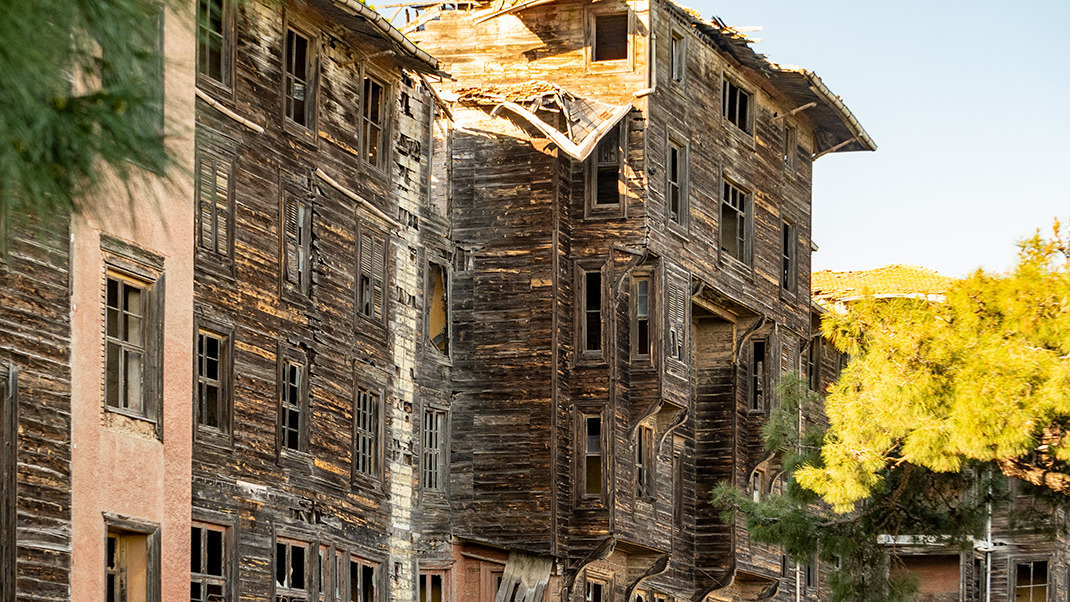
The Prinkipo Orphanage operated on the island from 1903 to 1964. During World War I, its premises were occupied by a military academy. In 2008, the building once again came under the authority of the Patriarchate.
Today, the record-breaking building stands empty and semi-abandoned. Despite being listed as a cultural heritage site at risk of destruction, no preservation or restoration work is currently being carried out on this architectural monument. The windows of the complex's buildings are broken, and there are visible collapses in the roof and walls. However, I am sure that any architecture enthusiast would wish to see this extraordinary structure restored once again. Whether that will happen or not, only time will tell.
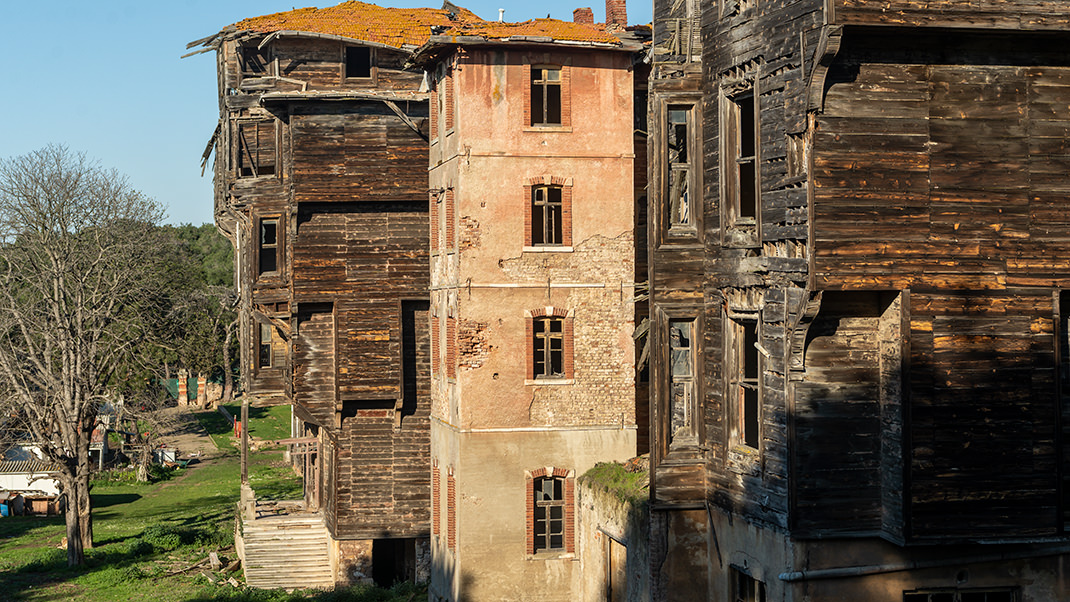
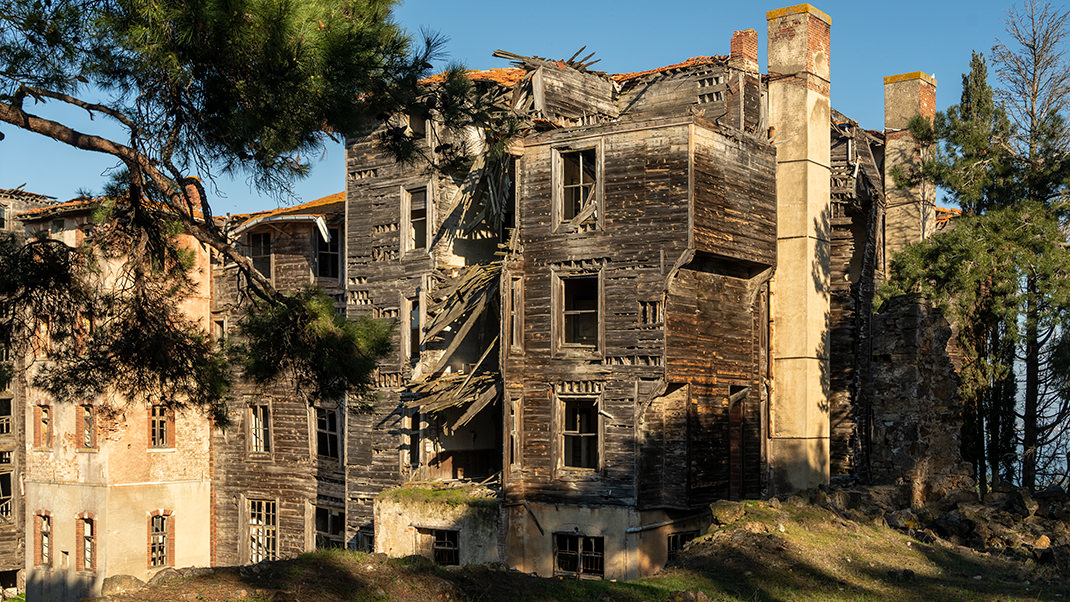
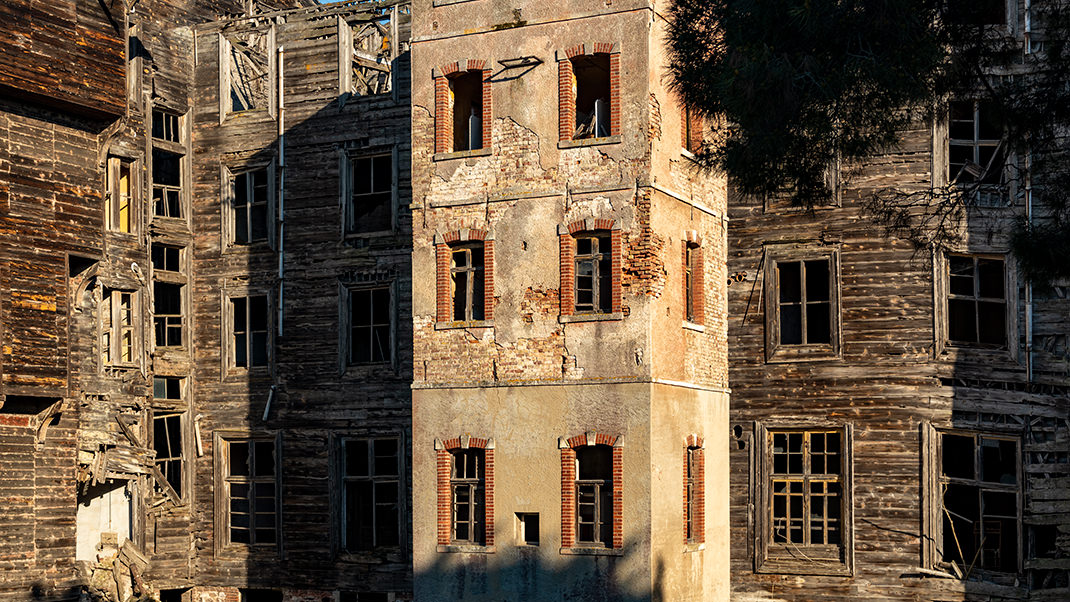
Since today we touched upon the topic of wooden architecture in Istanbul, I suggest we continue our virtual journey through this city by visiting the famous tourist district of Kuzguncuk. It has gained its popularity thanks to the vibrant and unusual wooden structures found here.
Have a nice trip!


